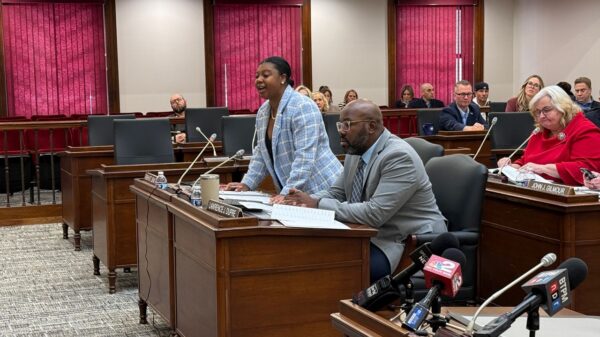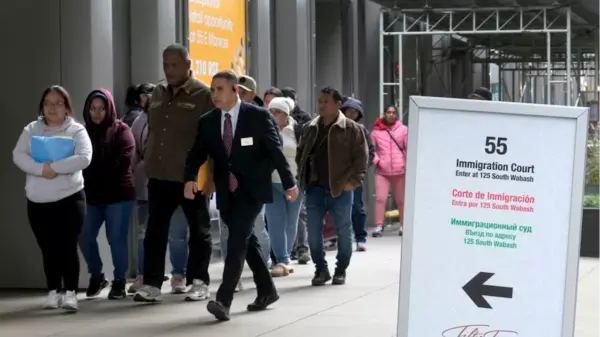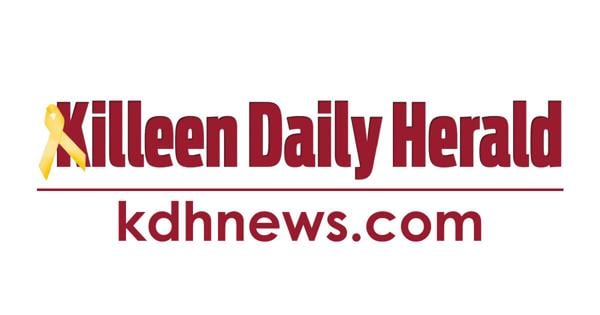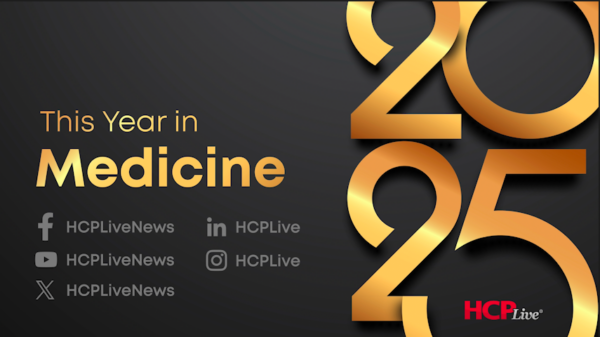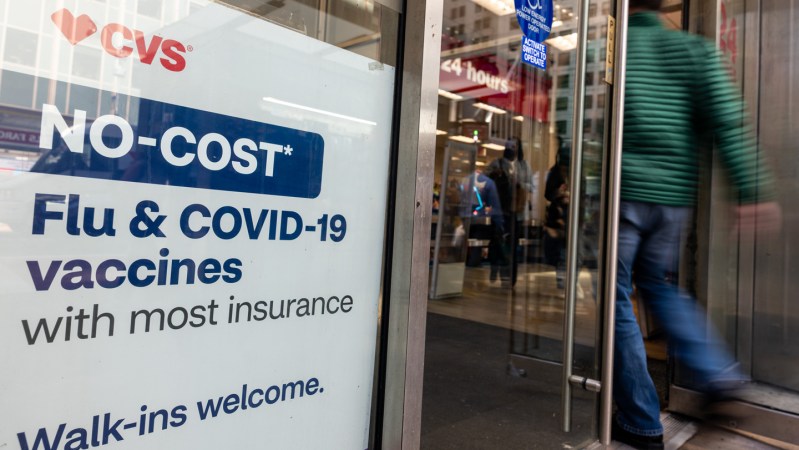As the fall season approaches, the landscape for COVID-19 vaccination is becoming increasingly complex. New guidelines from health authorities are raising questions about the best strategies for protection against respiratory viruses, which typically see a surge during this time of year. With conflicting information emerging, individuals are seeking clarity on how to proceed with their vaccination plans.
The Centers for Disease Control and Prevention (CDC) and the World Health Organization (WHO) have updated their recommendations, reflecting ongoing research and emerging data on variants. These shifts have led to uncertainty among the public regarding the necessity and timing of booster shots. Experts emphasize the importance of staying informed to navigate these changes effectively.
Understanding the New Guidelines
According to Dr. Emily Thompson, an infectious diseases expert at a leading university, the recent adjustments in vaccine guidelines primarily focus on the evolving nature of COVID-19 variants. “The virus continues to mutate, which necessitates regular updates to vaccination strategies,” Dr. Thompson explained. The latest guidelines suggest that individuals should receive the updated vaccine, particularly if they are at higher risk due to age or underlying health conditions.
The CDC’s latest recommendations encourage vaccinations by September 2023, aiming to bolster immunity before the anticipated peak of respiratory infections in the fall and winter months. Dr. Thompson notes that this timeline is crucial for maximizing protection against severe illness.
Recent data show that respiratory illnesses, including COVID-19 and influenza, are expected to increase as the weather cools. The CDC reported that last fall, COVID-19 cases surged by approximately 30%, highlighting the need for proactive measures.
Public Response and Vaccination Rates
Public response to the shifting guidelines has been mixed. Many individuals express confusion regarding the necessity of additional boosters, especially considering prior vaccinations and infections. Some health professionals are concerned that inconsistent messaging could lead to lower vaccination rates.
Data from recent surveys indicate that only 60% of eligible individuals in the United States plan to receive the updated COVID-19 vaccine this fall. In Europe, numbers are similar, with many expressing hesitance due to the constantly changing recommendations. Dr. Thompson emphasizes that clear communication from health authorities is vital to improve these figures.
“Vaccination remains one of the most effective tools for preventing severe illness,” she said. “By ensuring that individuals understand the importance of timely vaccinations, we can help reduce hospitalizations and deaths this season.”
In light of the new guidelines, health authorities are ramping up education efforts. Community outreach programs are being launched to provide information and resources to the public. These initiatives aim to engage individuals directly and address their concerns regarding vaccination.
As the fall season draws nearer, it is essential for individuals to stay informed about the latest vaccine recommendations and to consult healthcare providers for personalized advice. Understanding personal risks and the benefits of vaccination will play a critical role in managing health outcomes as respiratory viruses begin to spread.
In summary, the shifting landscape of COVID-19 vaccine guidelines presents challenges and opportunities for public health. Awareness and proactive vaccination efforts are crucial in mitigating the impact of respiratory illnesses in the coming months.





